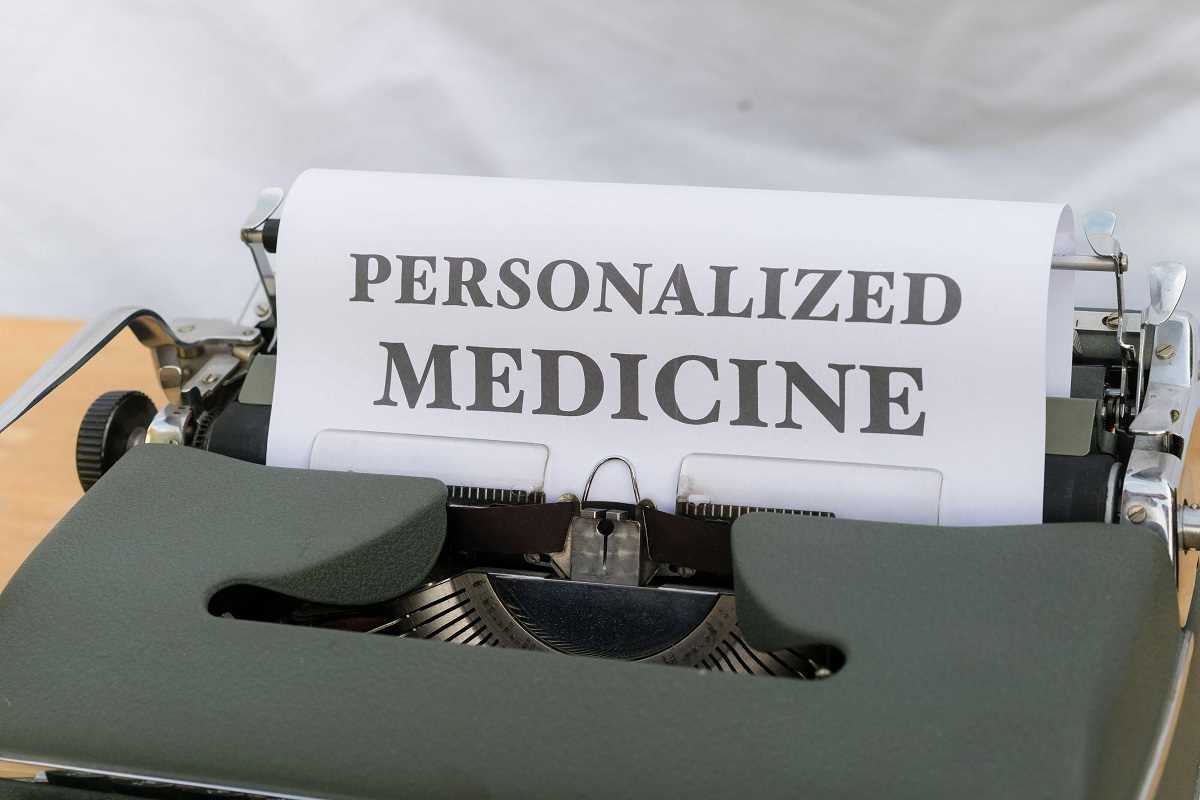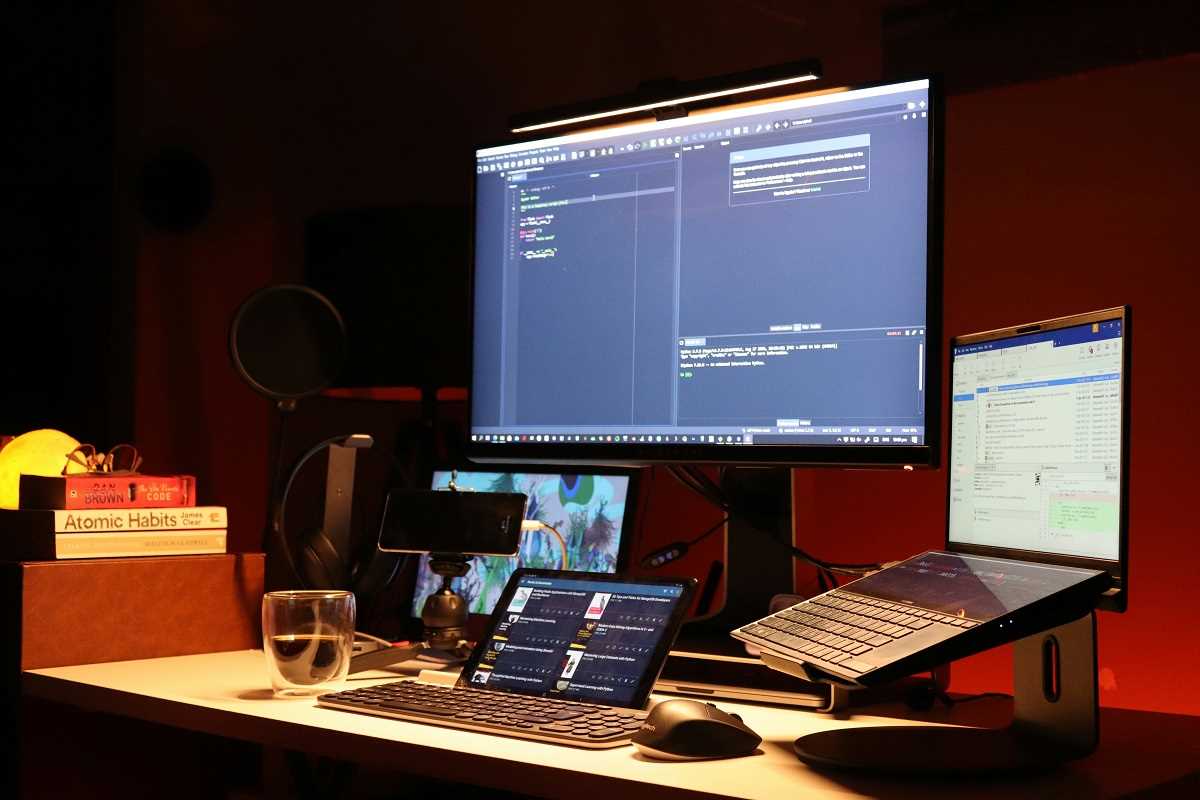Some stories take place in hushed courtrooms, where every moment feels like it belongs in a drama. While reporters jot down words and attorneys deliver passionate arguments, one professional silently observes and translates these moments into vivid, visual narratives—a courtroom sketch artist. With cameras not allowed in many legal proceedings, these artists play a critical role in bringing high-profile cases to the public.
The Role of a Courtroom Sketch Artist
At its core, the work of a courtroom sketch artist is about storytelling. These professionals use their artistic talents to document key events and individuals within court proceedings. Their sketches may depict witnesses testifying, attorneys presenting arguments, or the judge issuing a verdict. Unlike a photograph, a sketch offers a human touch, adding subtle emotion to otherwise rigid scenes.
Courtroom sketch artists are especially critical in jurisdictions where cameras are prohibited. Some high-profile trials require these artists to provide the public with insight into legal drama that might otherwise remain unseen. Their work is often published on news websites, broadcasted on television, or archived for historical records.
Key responsibilities of a courtroom sketch artist include:
- Capturing Event Highlights - Artists must quickly recognize pivotal moments during trials and translate them into sketches. For example, the expression on a defendant’s face during a verdict can be as important as the legal outcomes themselves.
- Portraying Courtroom Layouts - An artist might choose angles that show the relationship between key figures, such as attorneys questioning witnesses or spectators reacting to testimony.
- Producing Accurate Depictions - While artistic freedom is allowed, maintaining accuracy is essential. Their sketches must resemble the people in the courtroom and accurately represent their body language and attire.
- Meeting Media Deadlines - News organizations often rely on these sketches shortly after proceedings have ended, so courtroom sketch artists work under tight time constraints. Sometimes, these drawings are completed and handed over immediately.
Skills Required for Success
Courtroom sketch artistry combines technical skill with situational awareness. It’s not enough to simply enjoy drawing—you need to be able to work quickly, accurately, and under intense pressure. Here are the key skills needed for the role:
- Quick Drawing Ability - Time is of the essence. Sketch artists must create recognizable, complete images in a fraction of the time they might normally take for a detailed piece. A fine balance between speed and quality is critical.
- Attention to Detail - Artists must capture intricate facial features, hand gestures, and even body postures as accurately as possible. Small details, such as the positioning of a gavel or the orientation of a chair, help lend authenticity to the artwork.
- Understanding of Courtroom Dynamics - To highlight the most important moments, artists need a good understanding of how trials unfold. Being aware of the sequence of events, such as opening statements or cross-examinations, allows them to anticipate moments worth capturing.
- Adaptability - Every trial has its unique challenge. Some courtrooms have limited or uncomfortable seating for artists, while others allow minimal time for observation before moving the courtroom along. Adaptability helps artists overcome such obstacles.
- Discretion and Professionalism - Courtroom sketch artists are present during sensitive legal proceedings. They must remain professional, avoid distractions, and respect the judicial atmosphere.
Challenges in the Profession
Despite its creative allure, courtroom sketch artistry is not without its challenges. Many artists face difficulties that test both their skills and their resilience.
- Time Constraints - Most trials move quickly. An artist might only have a few minutes during recess or sidebar discussions to finalize a sketch. Balancing artistic quality with speed is an ongoing challenge.
- Pressure to Maintain Accuracy - A skewed rendering of a face or gesture can lead to scrutiny, especially when high-profile figures are involved. The pressure to deliver polished, correct work often contrasts with the limited time allowed for completion.
- Strict Courtroom Rules - Artists are restricted by courtroom layouts and guidelines. Sometimes, their view of the proceedings may be obstructed, forcing them to fill gaps with creative or educated guesses.
- Evolving Technology - With live-tweeting and other instant forms of media coverage, the role of sketch artists may seem less vital in certain areas. However, their ability to humanize courtroom moments ensures their place in legal storytelling.
How to Become a Courtroom Sketch Artist
Becoming a courtroom sketch artist requires a blend of artistic training, legal understanding, and networking. Although there is no single path to success, aspiring artists can follow these steps to break into the field:
- Develop Strong Artistic Foundations - A background in drawing, illustration, or fine arts is essential. Practice capturing human figures, expressions, and gestures quickly, focusing on proportion and accuracy.
- Study Courtroom Procedures - Familiarize yourself with how legal proceedings work. Watching trials online or attending court sessions in person can help you understand the rhythm of a courtroom and its key players.
- Build a Portfolio - Start creating sketches of mock courtroom scenarios or public events. Include sketches that demonstrate your ability to work under realistic time constraints. A strong portfolio can open doors to freelance opportunities with media outlets or law firms.
- Seek Mentorship or Apprenticeship - Being guided by an experienced courtroom sketch artist can offer invaluable insight into the profession. You’ll learn how to communicate with media organizations and handle courtroom etiquette.
- Network with Media Outlets - Most courtroom sketch artists are freelance professionals contracted by news agencies. Reach out to editors or industry professionals to showcase your work and offer your services. Networking within legal journalism circles can boost your visibility.
Opportunities and Growth
Courtroom sketch artistry is a niche field, meaning that opportunities can vary depending on your location and demand for your sketches. Larger metropolitan areas with frequent trials or legal proceedings may offer more consistent work. High-profile cases also tend to increase demand for artists who can deliver impactful sketches.
Some sketch artists expand their careers into other fields. They may teach illustration, work in animation, or write books documenting their courtroom experiences. While the field isn’t known for vast financial reward, the satisfaction of documenting history as it unfolds can be highly fulfilling.
The life of a courtroom sketch artist is a blend of creativity, observation, and adaptability. Their work captures moments in legal history that might otherwise remain hidden from the public eye. While the job comes with its challenges, it provides artists with a unique perspective into the drama of the courtroom. For those with a passion for art and storytelling, this career offers a rare opportunity to combine both in an impactful way.
.jpg) (Image source: Midjourney)
(Image source: Midjourney) 





.jpg)